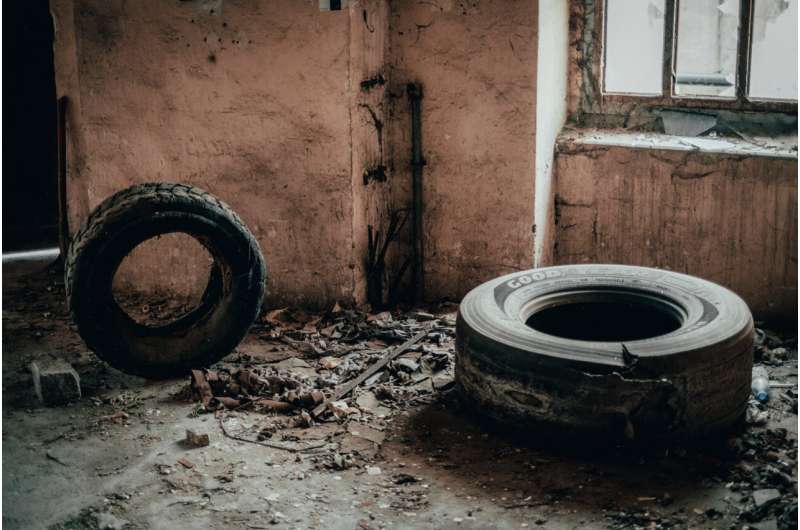Building the first robots to clean up ocean floor litter

There are up to 66 million tons of waste in our oceans today, and the overwhelming majority of it is found on the ocean floor. However, with the exception of a few potentially dangerous operations using human divers, most endeavors to tackle seabed waste have focused on addressing litter floating on the surface. Researchers from the EU-funded SeaClear project are developing an AI-based solution for cleaning up the ocean floor without putting human lives at risk.
The solution intends to automate the process of searching for, identifying and collecting marine litter using autonomous robots that work collaboratively. The system consists of a boat, a flying drone, two underwater robots and a collection basket. According to SeaClear, their robots will be the first ever to clean litter from the ocean floor.
How does it all work?
The unmanned boat scans the seabed using a type of sonar called a multibeam echosounder and marks any large debris it finds. Developed by SeaClear project partner Subsea Tech in France, the boat serves as the system's mothership: all other robots communicate with, deploy from and return to it, and also get power from it via tethers.
When the water is clear enough, a drone searches for large pockets of litter identifiable from the air. Underwater, a small observation robot uses a camera and sonar to scan the sea bottom for smaller litter. A second, larger underwater robot then collects the litter with a custom-made gripper equipped with a suction device to help pick up partially buried litter. Small grid-style openings in the gripper's scoops ensure that small marine life forms that may be inadvertently trapped in it will not be harmed. The robot deposits each piece of litter it has collected in a basket deployed from the boat. The basket is specially designed to prevent floating litter from escaping back into the water.
Testing, testing
In May 2022, SeaClear tested its prototype in the Port of Hamburg. This was the second round of trials, following the first round in Dubrovnik, Croatia, in September 2021. In Dubrovnik—where underwater visibility was relatively good—the team progressed towards making the different components operate as a system. However, Hamburg provided completely different testing conditions and challenges than Dubrovnik. Its much lower underwater visibility (often less than a few centimeters) and heavy traffic from commercial ships made it impossible to use vision cameras to detect the litter. The researchers could therefore only rely on sonar sensors. "We are now building the whole thing ourselves based on sonar data, because up until now there simply hasn't been a separate database for this," notes Dr. Stefan Sosnowski of SeaClear project partner Technical University of Munich, Germany, in a news item posted on "California18."
Since the Hamburg trial was testing the integration of prototype components, the system did not yet run completely autonomously. However, the researchers were overall quite satisfied with the test run, which is just an interim test for SeaClear (SEarch, identificAtion and Collection of marine Litter with Autonomous Robots). The project ends in December 2023.
More information: SeaClear project website: seaclear-project.eu/
















